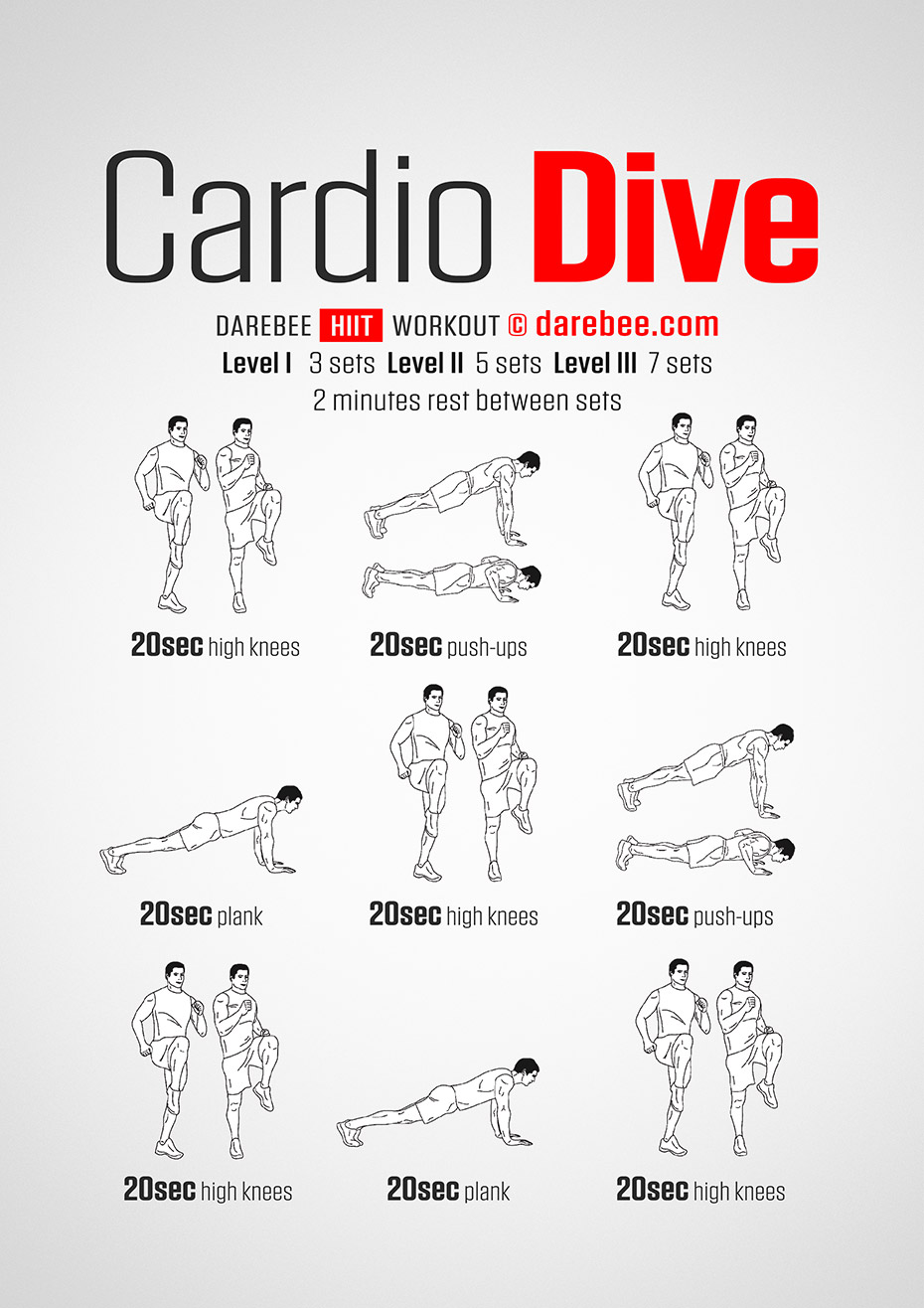
Gymnastics Flexibility Exercises: A Comprehensive Guide
Gymnastics is a sport that demands exceptional flexibility. Gymnasts need to be able to perform incredible feats of strength and agility, often requiring extreme ranges of motion in their joints. Developing and maintaining this flexibility isn’t just about looking impressive; it’s crucial for injury prevention and optimal performance. This comprehensive guide will explore various gymnastics flexibility exercises, focusing on safe and effective techniques to improve your flexibility and range of motion.
Understanding Flexibility and its Importance in Gymnastics
Flexibility, in the context of gymnastics, refers to the ability to move your joints through their full range of motion without pain or restriction. It encompasses several key components:
-
Passive Flexibility: This refers to the range of motion achieved with assistance, such as a partner or stretching device. While valuable in assessing flexibility, passive flexibility alone isn’t sufficient for successful gymnastics.
-
Active Flexibility: This refers to the range of motion achieved using only your own muscles. Active flexibility is paramount in gymnastics, as gymnasts need to control and generate force throughout their entire range of motion.
-
Dynamic Flexibility: This is the ability to move your joints quickly and efficiently through a wide range of motion. It’s crucial for the dynamic movements characteristic of gymnastics routines.
-
Static Flexibility: This represents the maximum range of motion a joint can achieve and hold in a stationary position. While important, it shouldn’t be the sole focus, as dynamic flexibility is equally vital for gymnastic performance.
Insufficient flexibility significantly increases the risk of injuries such as muscle strains, sprains, and tears. Moreover, limited flexibility restricts the power and fluidity of gymnastic movements, hindering performance and potentially leading to deductions during competitions.
Types of Gymnastics Flexibility Exercises
Gymnastics flexibility training typically involves a variety of exercises categorized into several key types:
-
Stretching: This is the cornerstone of flexibility training. Various stretching techniques exist, each with its benefits:
-
Static Stretching: Holding a stretch for an extended period (typically 15-30 seconds). Effective for improving static flexibility and relaxing muscles. Examples include holding a hamstring stretch, butterfly stretch, or pike stretch.
-
Dynamic Stretching: Performing controlled movements through a range of motion. Excellent for improving dynamic flexibility and preparing muscles for activity. Examples include leg swings, arm circles, and torso twists.
-
Ballistic Stretching: Repetitive bouncing movements to increase range of motion. While sometimes used, it carries a higher risk of injury and is generally less recommended than static or dynamic stretching, especially for beginners.
-
PNF Stretching (Proprioceptive Neuromuscular Facilitation): Involves contracting and relaxing muscles in a specific sequence to increase flexibility. It’s a more advanced technique requiring guidance from a qualified professional.
-
-
Strength Training: Strengthening the muscles surrounding the joints contributes to improved flexibility and stability. Strong muscles provide support and control, enabling a greater range of motion. Examples include exercises like squats, lunges, and core work.
-
Flexibility-Specific Exercises: Certain exercises directly target specific areas critical for gymnastic movements:
-
Splits: Developing the ability to split your legs into a 180-degree straddle. Requires consistent training and careful progression.
-
Bridges: Arch your back, supporting your weight on your hands and feet. Builds back flexibility and strength.
-
Oversplits: Extending your legs beyond a 180-degree split. Highly advanced and requires significant flexibility and strength.
-
Handstands: Holding a handstand against a wall or freestanding improves shoulder and wrist flexibility, and core strength.
-
Backbends: Increasing the extension of the spine through exercises like backbends and arching.
-
A Sample Flexibility Routine for Gymnasts
This sample routine combines static and dynamic stretches, focusing on key areas for gymnasts. Remember to consult with a qualified coach or physical therapist before starting any new exercise program:
Warm-up (5-10 minutes):
- Light cardio, such as jogging or jumping jacks.
- Dynamic stretches, including arm circles, leg swings, torso twists, and hip circles.
Stretching (20-30 minutes):
- Hamstring stretch: Sit with legs extended and reach towards your toes.
- Quadriceps stretch: Stand on one leg, grab your foot, and pull your heel towards your buttock.
- Hip flexor stretch: Kneel on one knee, push your hips forward until you feel a stretch in your hip flexor.
- Butterfly stretch: Sit with the soles of your feet together and gently press your knees towards the floor.
- Groin stretch: Sit with legs wide apart and reach towards your toes.
- Shoulder stretch: Reach one arm across your body and hold it with your other hand.
- Triceps stretch: Reach one arm overhead and bend your elbow, bringing your hand down behind your head.
- Chest stretch: Clasp your hands behind your back and straighten your arms.
- Back stretch: Lie on your stomach and gently arch your back.
- Pike stretch: Sit with your legs extended and reach forward, bending at your hips.
- Splits (various variations): Progress gradually, holding each stretch for 15-30 seconds.
- Bridge: Hold for 15-30 seconds.
Cool-down (5-10 minutes):
- Gentle stretches, focusing on holding each stretch for a longer duration.
Important Considerations
- Proper Warm-up: Always warm up before stretching to increase blood flow to the muscles and reduce the risk of injury.
- Listen to Your Body: Don’t push yourself beyond your limits. Pain is a sign to stop.
- Consistency: Flexibility improvements take time and consistent effort. Regular stretching is crucial.
- Progression: Gradually increase the intensity and duration of your stretches as your flexibility improves.
- Professional Guidance: Seek guidance from a qualified coach or physical therapist, especially if you have any pre-existing injuries or conditions.
- Nutrition and Hydration: Proper nutrition and hydration are essential for muscle recovery and flexibility development.
By incorporating these gymnastics flexibility exercises into a well-rounded training program, gymnasts can significantly improve their flexibility, reduce their risk of injury, and enhance their overall performance. Remember that patience, consistency, and proper technique are key to achieving optimal flexibility and success in gymnastics.



